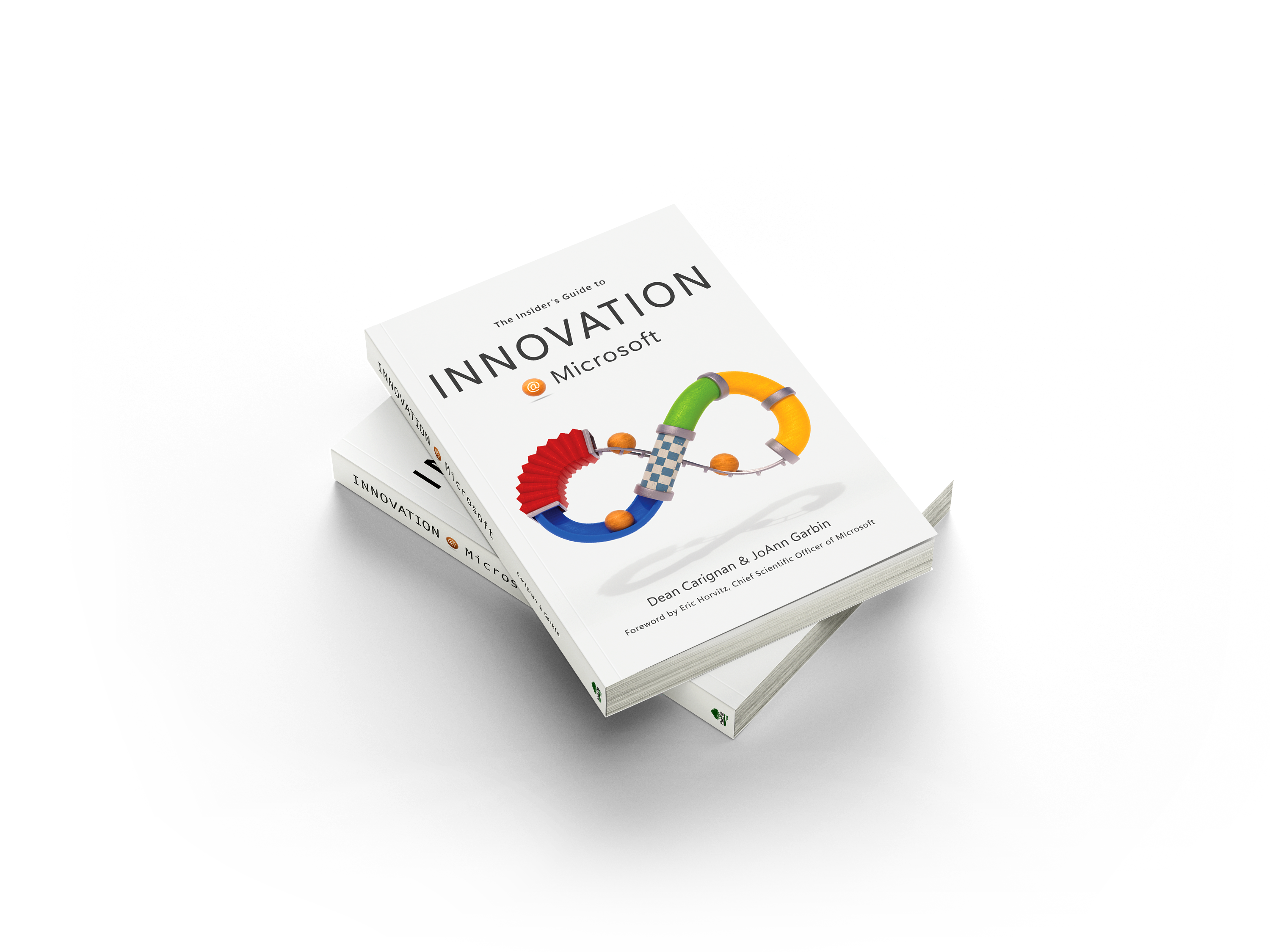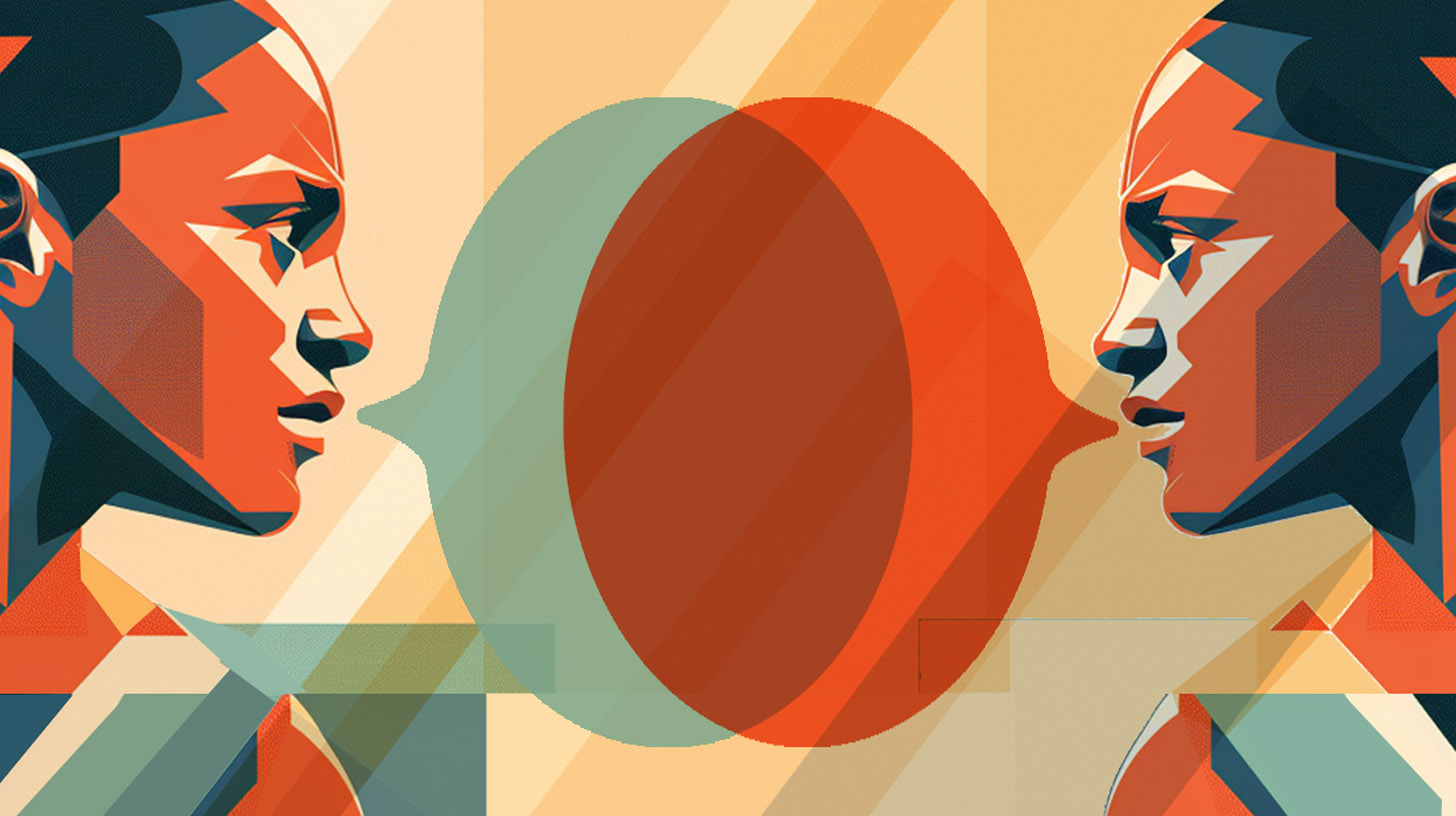You’re in a unique race right now where everyone wants to personalize more, and yet no one knows exactly where the finish line is. And as you’re racing, there’s rumor of a terrifying PHI monster waiting to jump out and halt your progress.
The Insider’s Guide to Innovation at Microsoft demystifies how innovation happens at one of the most influential companies in the world. And, as featured in the book, a key part of that how is rooted in the psychology of behavior change outlined in White Rhino’s B2Me framework.
READ MORE
Last week I saw a quote that resonated with me:
“All behavior makes sense with enough information.”
It’s a simple way of illustrating the B2me approach we use at White Rhino. Behind every choice or belief is a person with a history of personal and emotional experiences. And the actions we take - no matter how they come across to other people - are a result of those experiences.
READ MORE
Habits are so essential to our survival that their behavioral patterns are imprinted into our subconscious neural pathways. And anything that is counter to those habits is seen as a potential threat to our stability and safety.
But what happens when a brand needs their market to break free from these patterns?
READ MORE
When Google Glass launched to the public in 2014 after a $400 Million investment, it was heralded as the next big thing in wearable technology. But, less than a year later, the product was pulled from shelves. It’s a prime example of the unfortunate reality of innovation. Having a vision for a revolutionary product is not enough.
The launch campaign for Google Glass struggled to paint a clear picture of its place in consumers’ everyday lives.
“...though I tried, very hard, to make Glass a part of my life, I simply didn't feel comfortable with the screen hovering just out of my line of sight.” April 2014 Review in The Washington Post
Success and failure in innovation hinge on your ability to help others see themselves in the future you’ve envisioned. The iPod is a perfect case study. It wasn’t the first to market, but its success over other failed MP3 players can be attributed to Apple's ability to envision a new future of music consumption. Steve Jobs didn't just sell a device; he sold an experience, a new way of interacting with music that was so compelling that people wanted to be in this new world.
READ MORE
No matter if your hear "Yanny" or "Laurel", one thing we all can learn from this week's social debate is that the human brain has a magical way of constructing what we hear, see, and even feel. And this has huge implications for marketing.
READ MORE
By nature, social media sites are, well…social. That means that people use them for very personal and emotional reasons. Likewise, brands should have very different strategies for each channel. Especially at a time when Facebook is emphasizing more meaningful interactions, you should pause before posting the same exact content across all social channels.
READ MORE
Much like your average cup of joe with cream and sugar, customer experience in healthcare has become a commodity. Patients don’t have any sort of loyalty to a particular brand. In fact, 23% of patients see 3 or more PCPs in just 2 years. And unless you’re delivering a great experience, they’re not simply switching to a new doctor in the same hospital. They’re making a wholesale shift to the hospital across the street. A Press Ganey survey found that hospitals with patient satisfaction in the bottom 10th percentile lost 17% of patient volume.
READ MORE
SUBSCRIBE
sign me up for news, inspiring creative, and other updates (privacy policy)
POST TOPICS
- Healthcare (49)
- Strategy (43)
- Best Practices (27)
- Technology (26)
- Digital Marketing (24)
- B2Me (23)
- Copywriting (20)
- Addictive Experience (14)
- B2B (13)
- Creative (10)
- Experts (9)
- Addictive Marketing Podcast (8)
- healthcare revenue generation (6)
- Behavior Change (5)
- Content Management System (5)
- Gamification (5)
- CMS (4)
- Lead Generation (4)
- Advertising (2)
- Branding (2)
- Journey Mapping (2)
- Lead Nurture (2)
- Market Research (2)
- Sustainability (2)
- AR (1)
- Augmented Reality (1)











